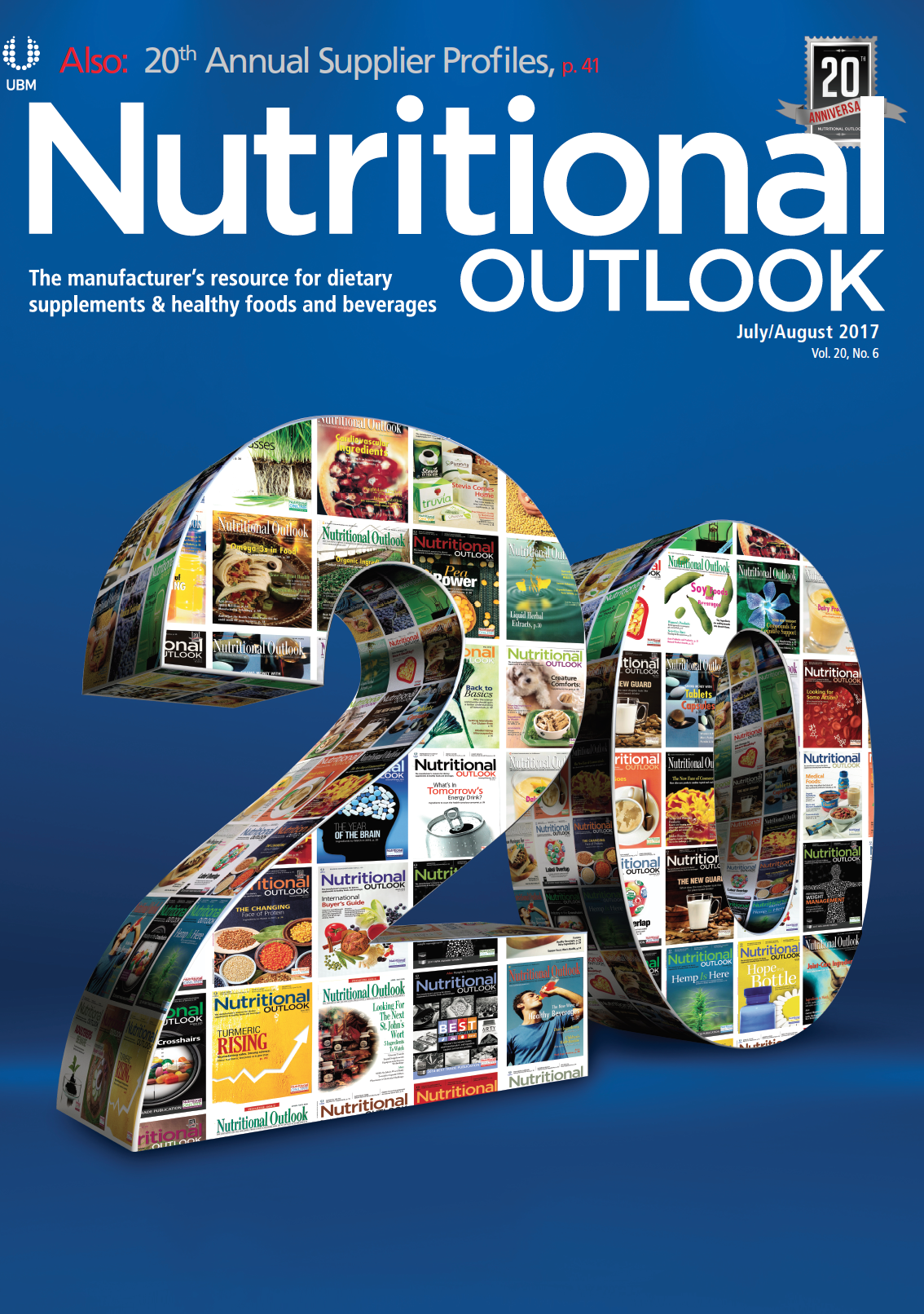Is North American Quinoa Finally Here?
Quinoa-now a staple of the North American diet-is rarely ever grown here. Here’s what one company is doing to change that.
Photo © iStockphoto.com/chrisfarrugia

Quinoa-arguably one of the superfood trend’s earliest poster children-has gone from being a niche health-food ingredient to a true staple of the North American diet. As it happens, North Americans consume more than half of the global production of quinoa, as was reported last October in the Chicago Tribune. But in spite of quinoa’s undeniable popularity in North America, the crop is almost never grown here.
The reasons North America–grown quinoa is so rare are myriad: excessive heat or cold conditions found in much of North America can kill the crop, and the cost of infrastructure to switch to growing quinoa crops proves too great for many North American farmers who have traditionally grown soybeans or corn. The transportation equipment required for quinoa, for example, is different than the equipment needed for other crops. In addition, though quinoa is a resilient crop, it cannot survive in regions that are too hot or too moist, which is why it’s typically been grown in the arid climates of South American countries like Bolivia, Peru, and Chile for millennia.
“If you look at quinoa, there are distinct differences in growing regions,” says Daniel LaFaver, manager of specialty grains at Bridgewell Food Products (Clackamas, OR). “In the Bolivian Highlands, the berries are larger and more flavorful. The overall presentation of the product is better-it’s a better-tasting product as compared to some of the lower elevations that quinoa grows in.” LaFaver says that the key struggle in growing quinoa in North America is finding enough arable acres that are high and dry enough to achieve the best flavor and color profiles. In general, he says, when you take a crop out of its native growing region, there are going to be challenges.
Typically, even when quinoa is successfully grown in North America, scalability is an issue. But at least one company is looking to change that.
With demand for quinoa showing no signs of slowing, grains manufacturers like Ardent Mills (Denver) are finding new growing solutions to ensure price predictability and keep up with the persistent demand. Earlier this year, Ardent Mills introduced what it says is “the first major, scalable quinoa grown in North America.” Ardent Mills Great Plains Quinoa is the product of a partnership between the flour-milling company and family farmers like Joe Dutcheshen, who has been evaluating different varieties of South American quinoa seeds on his farm for the past 25 years. Shrene White, director of specialty/risk for Ardent Mills, says that while the quinoa plant is highly sensitive to climate conditions, Ardent Mills has found a solution. “The cool and dry climates of Alberta and Northern Saskatchewan are ideal growing areas for North American quinoa,” she says.
To achieve the scale required to have a viable North American quinoa farm, Ardent Mills says it is highly selective both in its partnerships with farmers and in determining the best growing locations. In addition, great care is taken to ensure that the scale of the operation increases appropriately and sustainably. “Our farmers are carefully vetted before being allowed entry into the quinoa program,” White says. “Crop rotation is considered due to its seed size and its gluten-free status. Quinoa should not follow a crop rotation of canola or wheat. As a farmer enters into the quinoa-growing program, they start small-usually about 50 acres. Once it is determined that their land and location is suitable for growing quinoa and that this will be a successful rotation for him or her, they will increase acres and add the quinoa into their rotation plan.” In addition, the company says that it can offer up to a two-year price guarantee, as its Great Plains Quinoa is traceable back to the farm.
This price-predictable, scalable quinoa model seems to have come at the right time. Zachery Sanders, marketing director for Ardent Mills, tells Nutritional Outlook that from 2012 to 2016, sales of products containing quinoa grew over 700% and reached half a billion dollars (per Nielsen). Innova Market Insights reports that new product launches containing quinoa continue to grow every year. From 2013 to 2014, for example, Innova observed a 55% surge in product launch activity. At this point, quinoa’s popularity seems a given, but in a crowded market, manufacturers will continue to look for new supply channels.
Every year, the United States imports around 40% of the global quinoa output, says White. As demand for quinoa continues to grow in the North American market, it is increasingly important for companies to find mainstream, scalable solutions to navigate the growing pains.
Also read:
Puffed Ancient Grains Are the New Trend
Quinoa Forms: Powders, Puffs, and More
Pearling Makes for Sweeter Quinoa
5 Plant Protein Ingredients for Food and Drink

Senate Committee has released the text of 2024 Farm Bill, with changes to hemp regulations
November 19th 2024The U.S. Senate Committee on Agriculture, Nutrition, & Forestry has introduced the Rural Prosperity and Food Security Act, which will serve as the Senate’s draft for the 2024 Farm Bill.